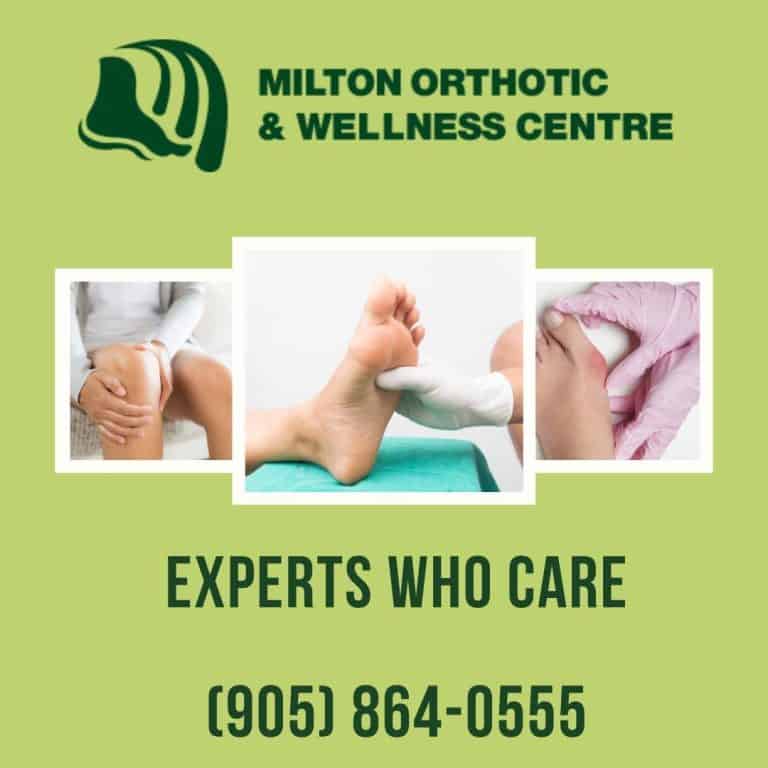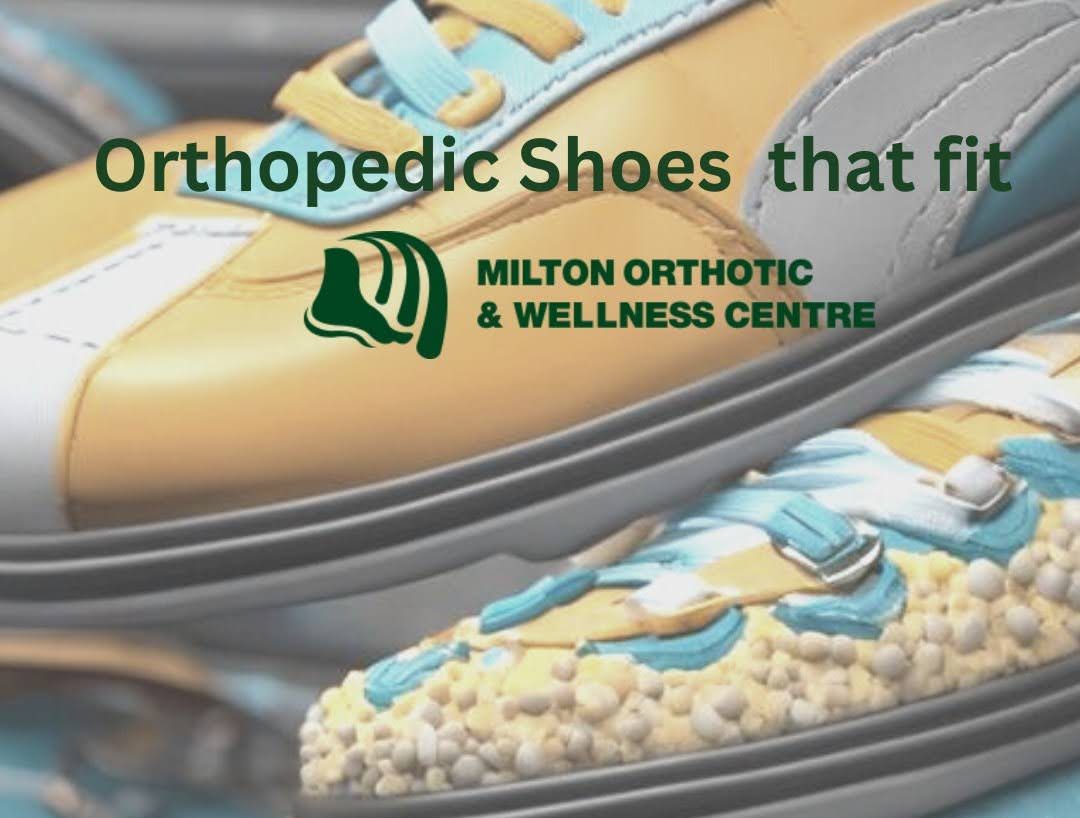Metatarsalgia is a condition that affects many Canadians, causing pain and inflammation in the ball of the foot that can significantly disrupt daily life. The right footwear, in this case, isn’t just about comfort—it’s a critical part of managing symptoms and improving mobility. Orthopedic shoes, designed to offer enhanced support, May be the best shoe solution for Metatarsalgia sufferers seeking relief from this common foot condition.

Understanding Metatarsalgia
Metatarsalgia develops when excessive stress and pressure are placed on the metatarsals, the five long bones just below the toes. Common triggers include high-impact activities like running, wearing poorly fitting shoes, being overweight, or having certain foot deformities. Those who suffer from this condition often describe the pain as sharp, aching, or even burning, especially when standing, walking, or engaging in physical activity for extended periods.
How Shoes Play a Role in Managing Metatarsalgia
The role of shoes in managing Metatarsalgia cannot be overstated. Footwear designed to distribute pressure evenly across the foot can alleviate stress on the metatarsals and provide much-needed relief. Key features to look for in shoes designed to manage this condition include:
- Adequate Cushioning: This helps absorb impact and reduce the pressure on the ball of the foot.
- Arch Support: Proper arch support minimizes the load placed on the metatarsal bones, offering relief from discomfort.
- Wide Toe Box: A wider toe box prevents compression of the toes, allowing them to spread naturally, and reducing pressure on the forefoot.
These features are crucial for providing the best shoe solution for Metatarsalgia and preventing the pain from worsening over time.
Why Orthopedic Shoes Are the Best Option
For individuals with specific foot care needs, orthopedic shoes offer several key advantages over regular footwear:
- Enhanced Support: Orthopedic shoes are designed with advanced support systems that align the foot properly, reducing strain on the metatarsal area.
- Custom Cushioning: Many orthopedic shoes come equipped with specialized padding under high-pressure areas, like the ball of the foot, providing targeted relief.
- Better Fit: Orthopedic shoes often offer more options in terms of size and width, ensuring a better fit. This reduces the risk of blisters and discomfort caused by tight or ill-fitting shoes.
How Orthopedic Shoes Are Made
Orthopedic shoes aren’t your average pair of footwear. They’re constructed with a meticulous focus on foot health, ensuring every aspect of the design caters to comfort and support. The process often begins with an assessment of the foot to guarantee proper fit and alignment. Materials are chosen for their durability and flexibility, offering both comfort and long-lasting support.
Orthopedic shoes are built to address specific foot conditions, like Metatarsalgia, with features that include extra cushioning, enhanced arch support, and wide toe boxes. These design elements work together to reduce pain and improve foot function.
Orthopedic Shoes vs. Over-the-Counter Solutions
While many people turn to over-the-counter solutions, such as cushioned inserts or supportive sneakers, these products often lack the specificity needed to address the root causes of metatarsalgia. Orthopedic shoes, on the other hand, are designed to tackle the unique structure of your feet and the specific pain points associated with this condition.
For those struggling with chronic foot pain, orthopedic shoes offer a more effective, long-term solution by prioritizing fit, support, and pressure distribution.
Adapting to Orthopedic Shoes in Your Daily Life
Switching to orthopedic shoes is not an overnight fix. Your feet may need time to adjust to the new level of support and structure. It’s recommended to gradually incorporate orthopedic shoes into your routine to avoid discomfort during the transition. Pairing these shoes with complementary therapies, such as foot stretching and strengthening exercises, can also enhance their benefits, helping to relieve symptoms of Metatarsalgia more effectively.
Taking Care of Your Orthopedic Shoes
Like any investment in your health, proper maintenance of orthopedic shoes is essential for maximizing their lifespan. Regular cleaning, avoiding exposure to extreme weather conditions, and monitoring for signs of wear can help keep your shoes in good condition. Depending on usage, they may need to be replaced or adjusted over time to ensure continued support and relief.
Final Thoughts
For those living with Metatarsalgia, the pain can be a daily struggle, but orthopedic shoes offer an effective solution for managing the condition. With their specialized design, these shoes provide the necessary support and comfort to alleviate pressure on the metatarsals, making day-to-day activities more manageable. If you’re dealing with persistent foot pain, it might be time to consider a pair of orthopedic shoes. They may not be the flashiest footwear on the market, but for those dealing with the discomfort of Metatarsalgia, they are often a game-changer.

